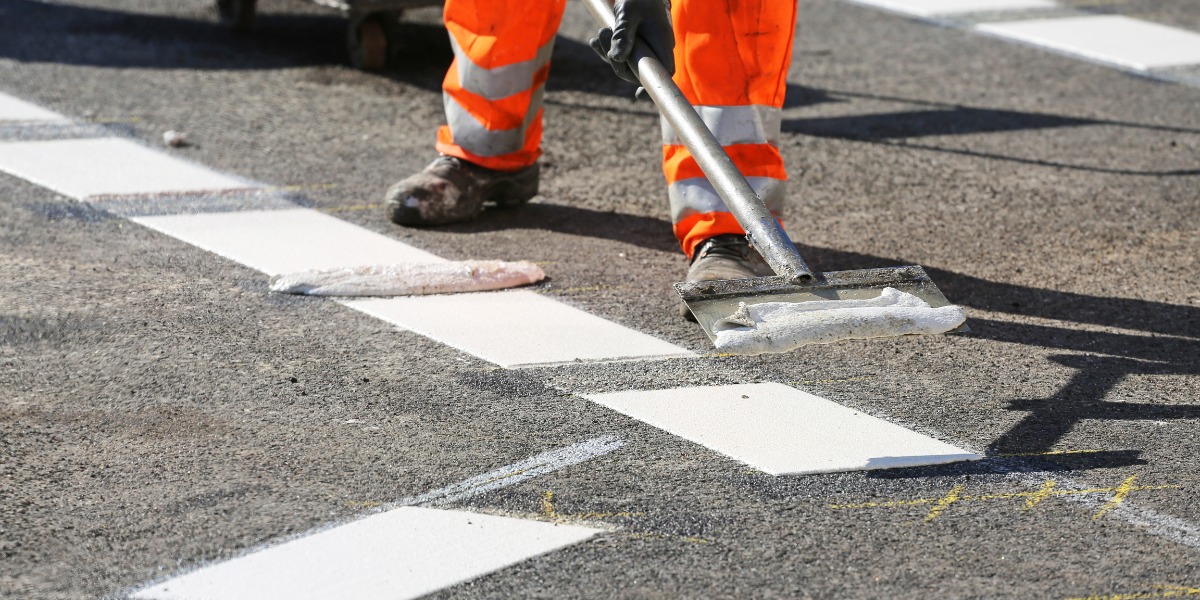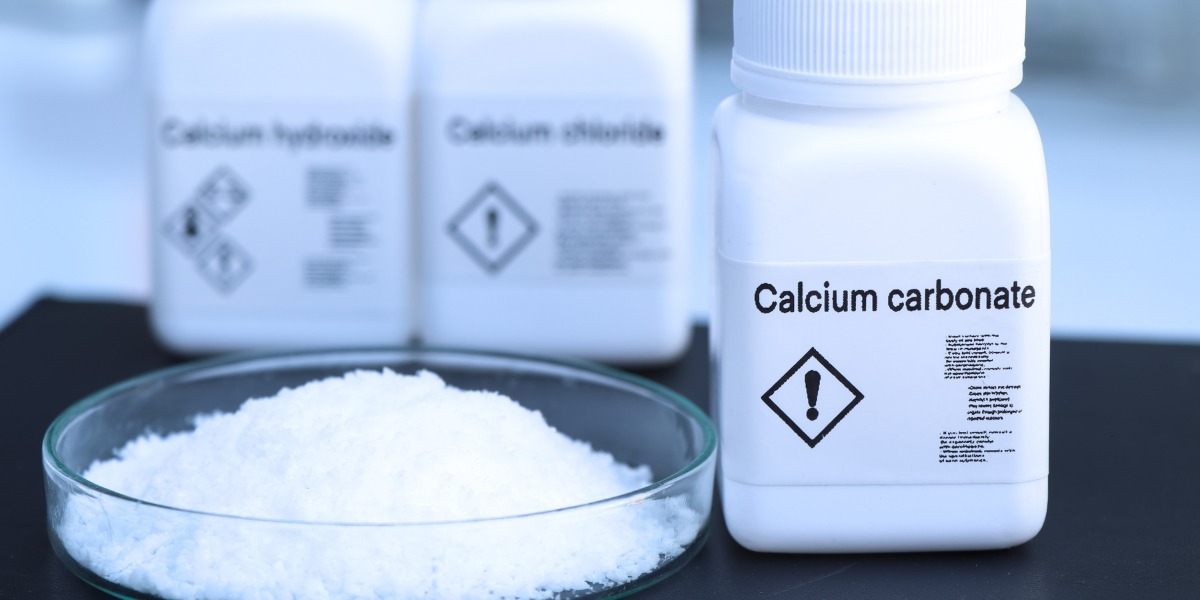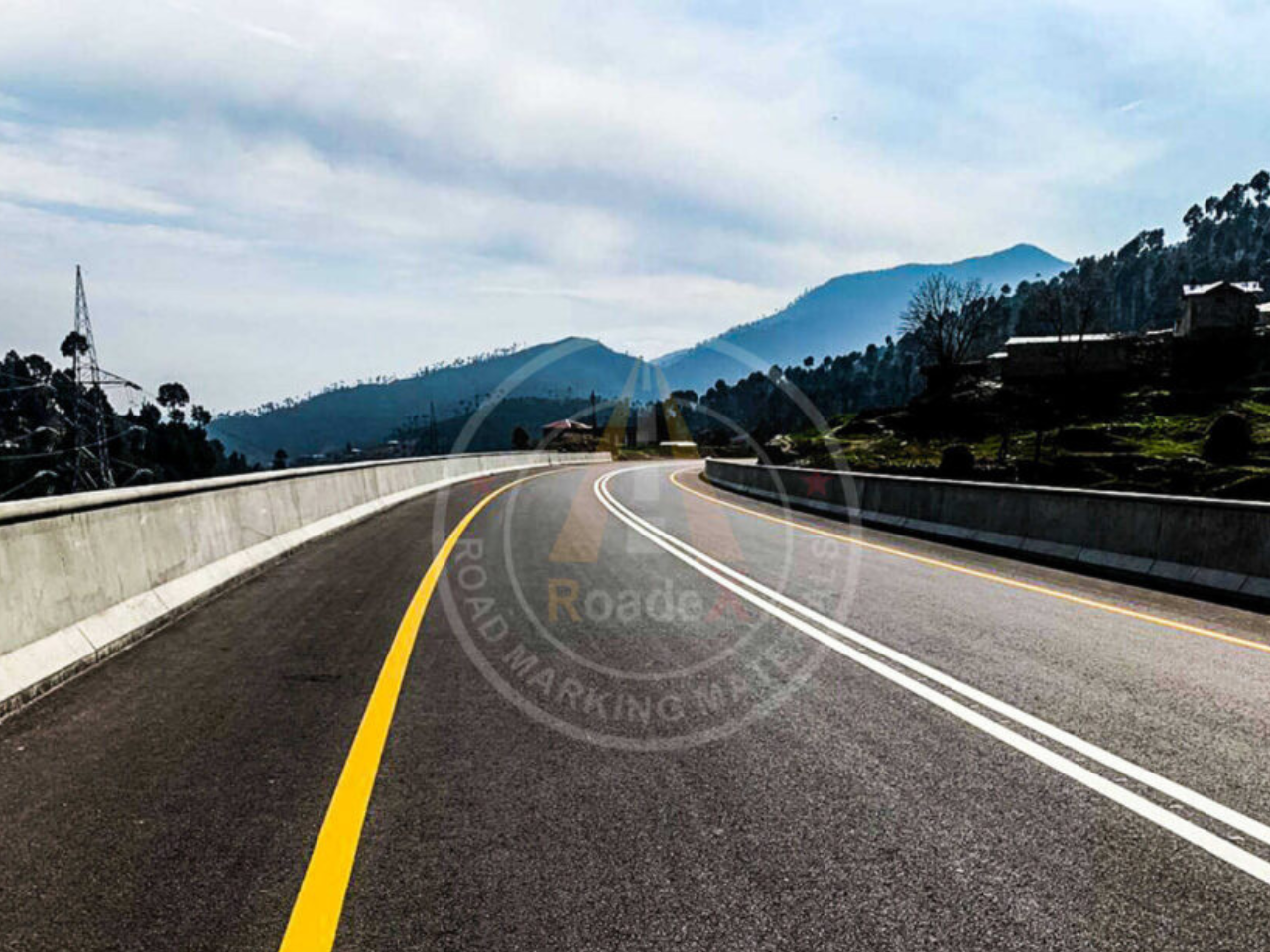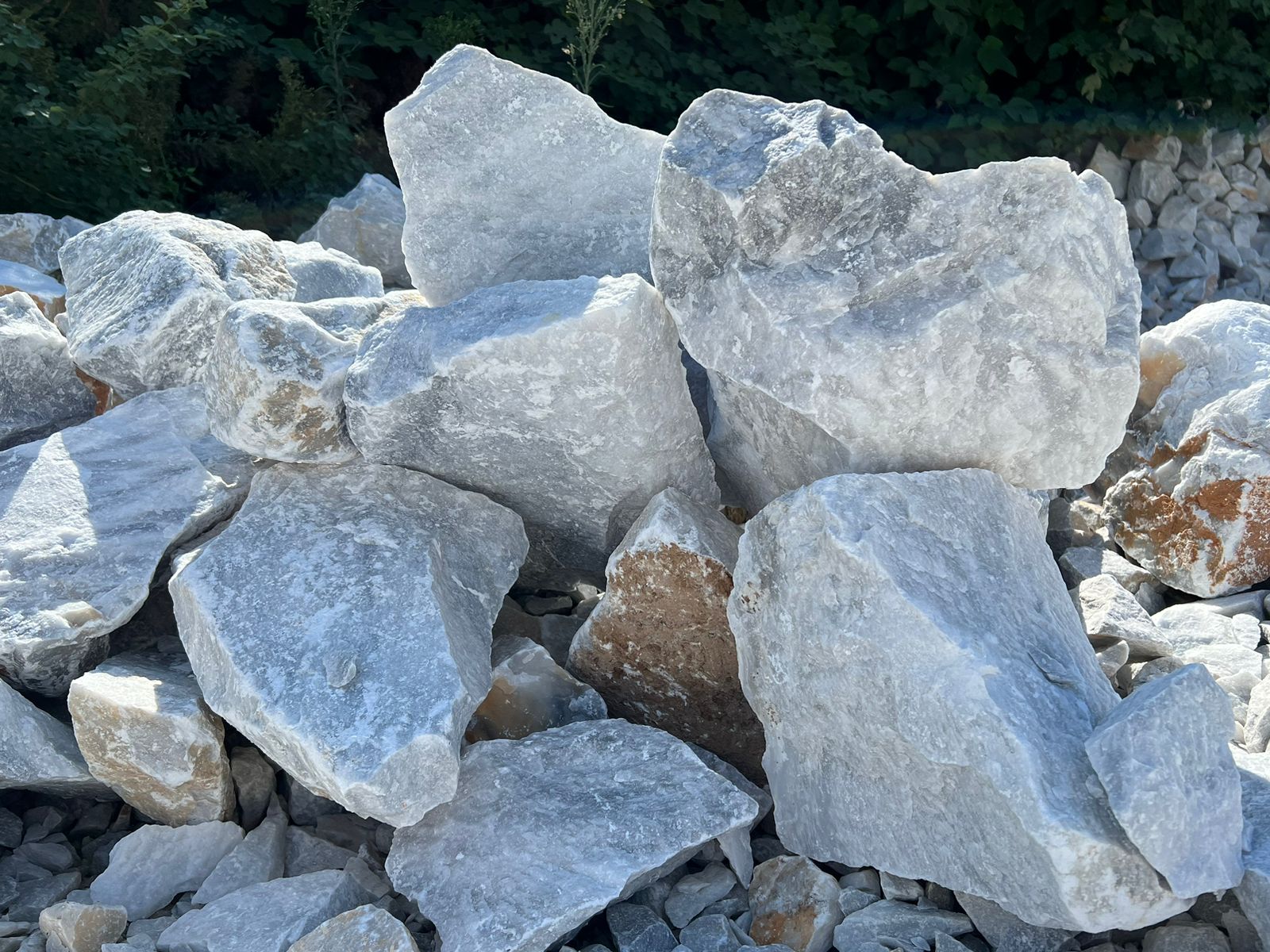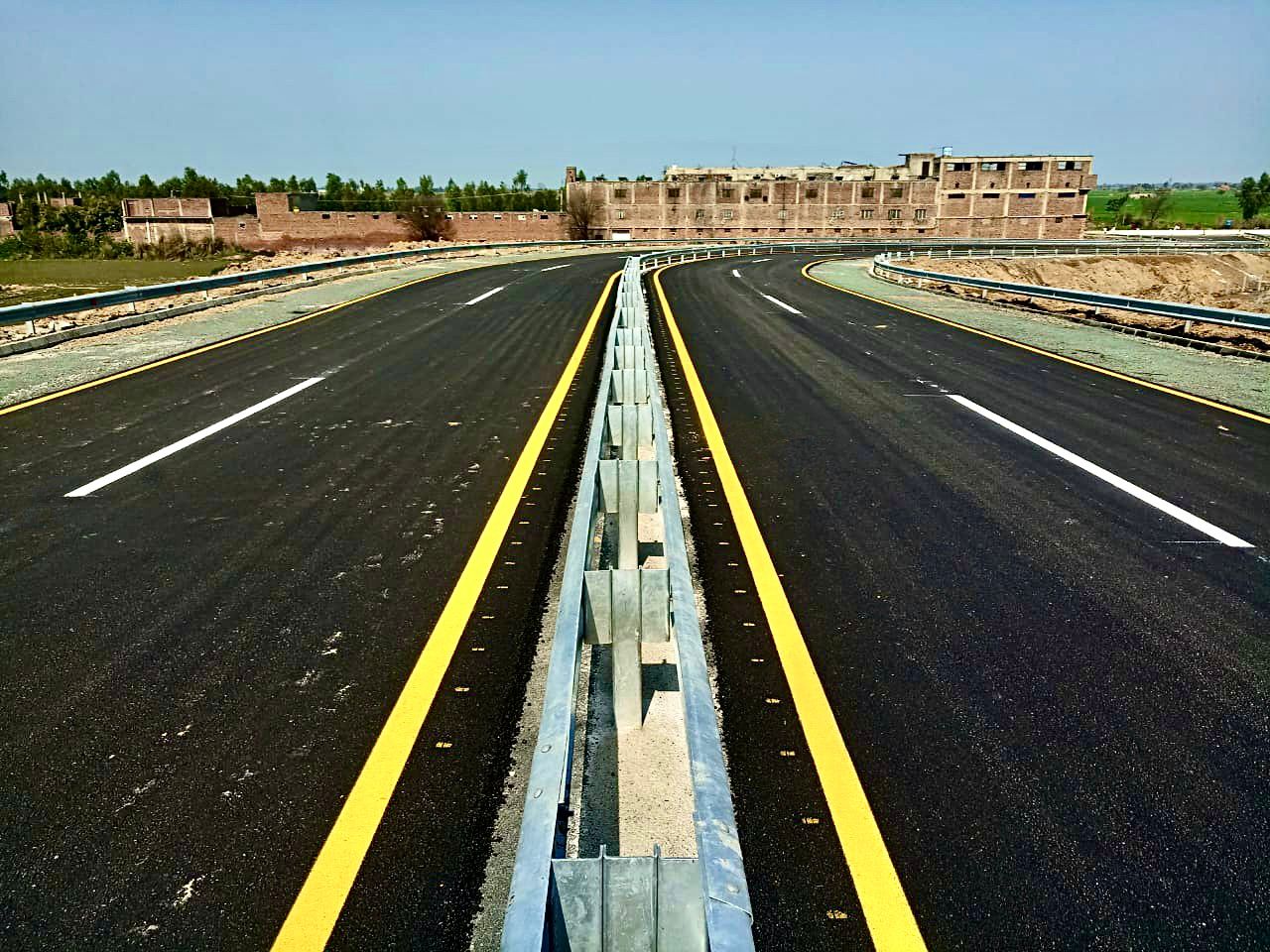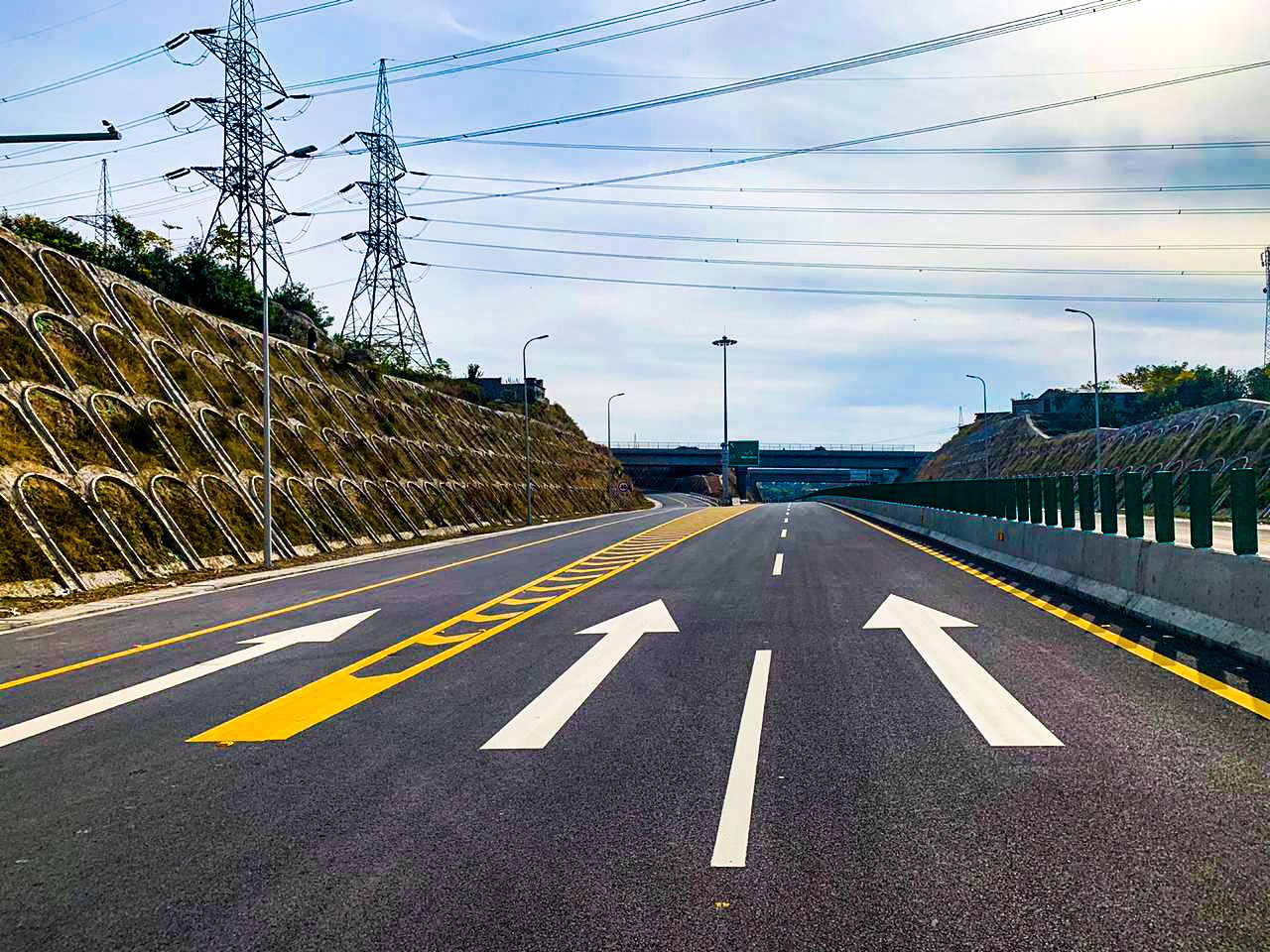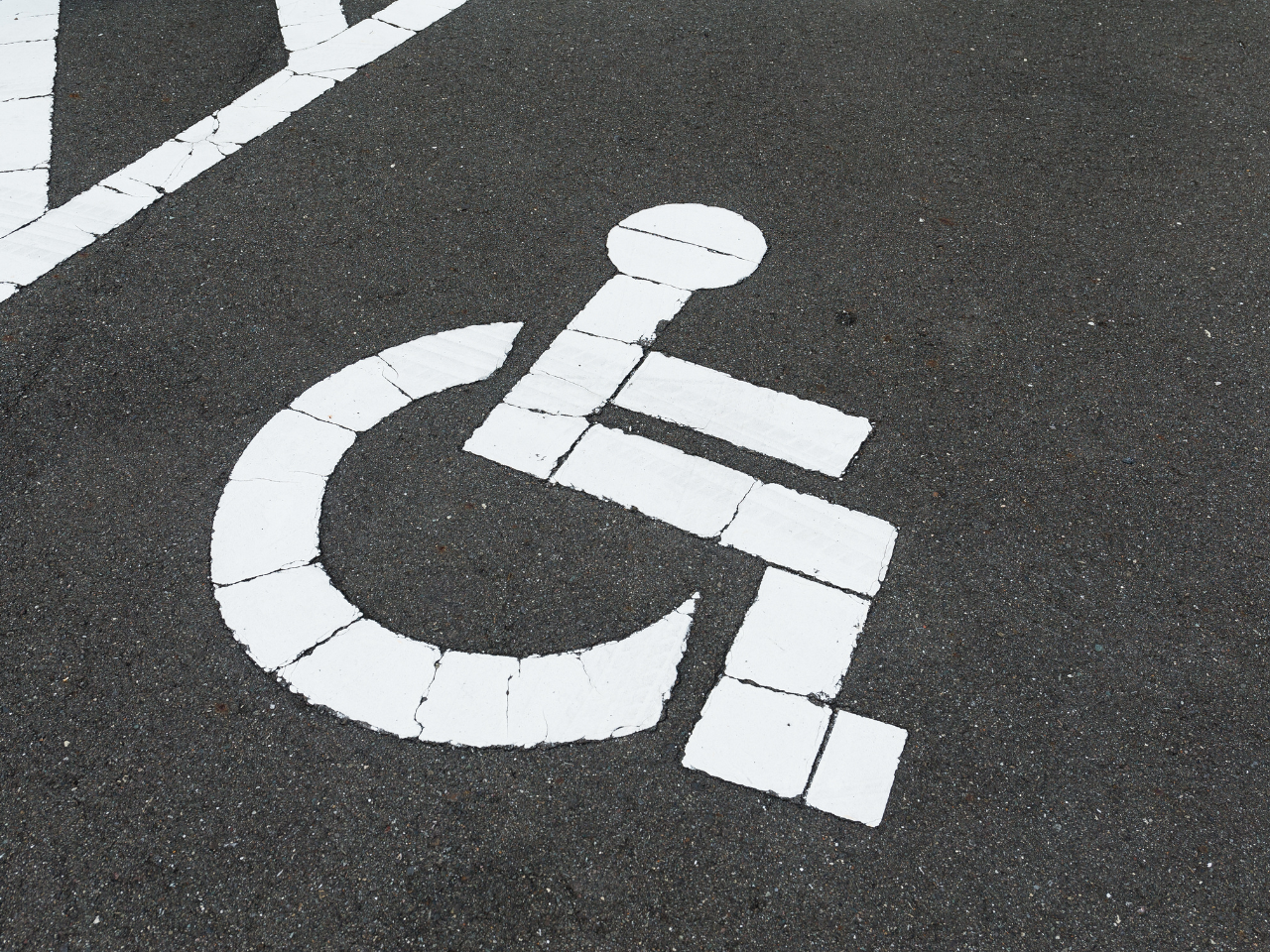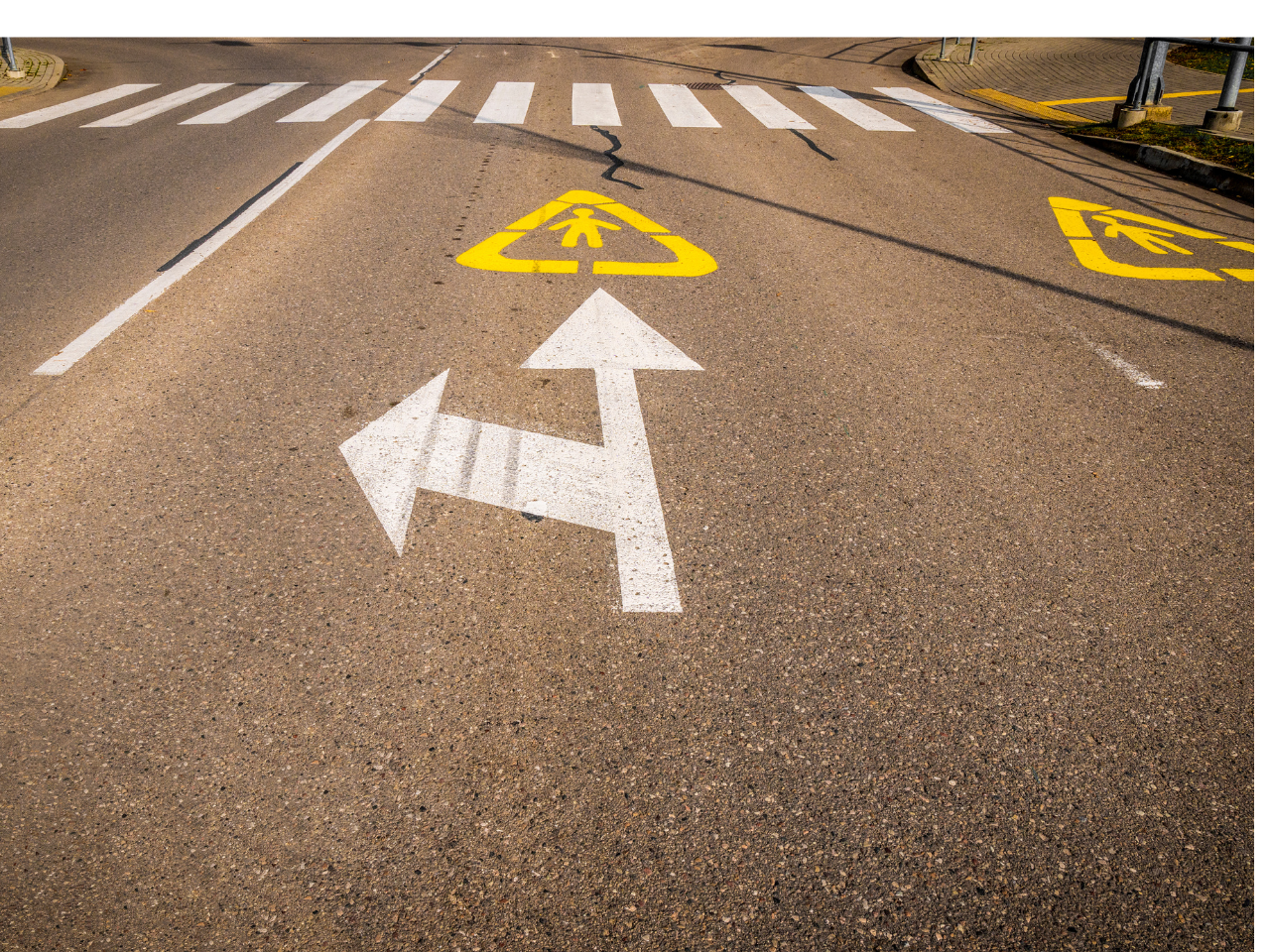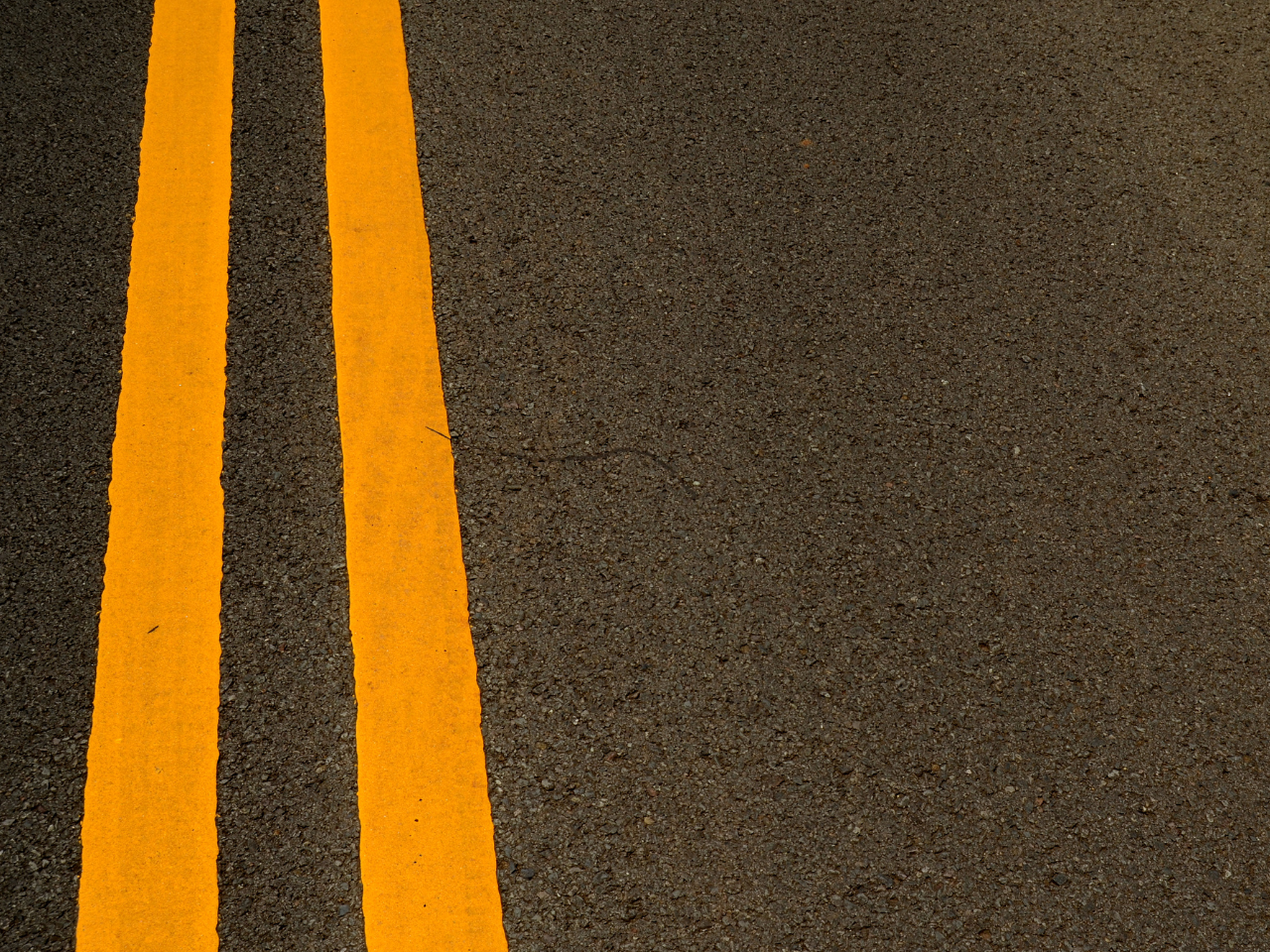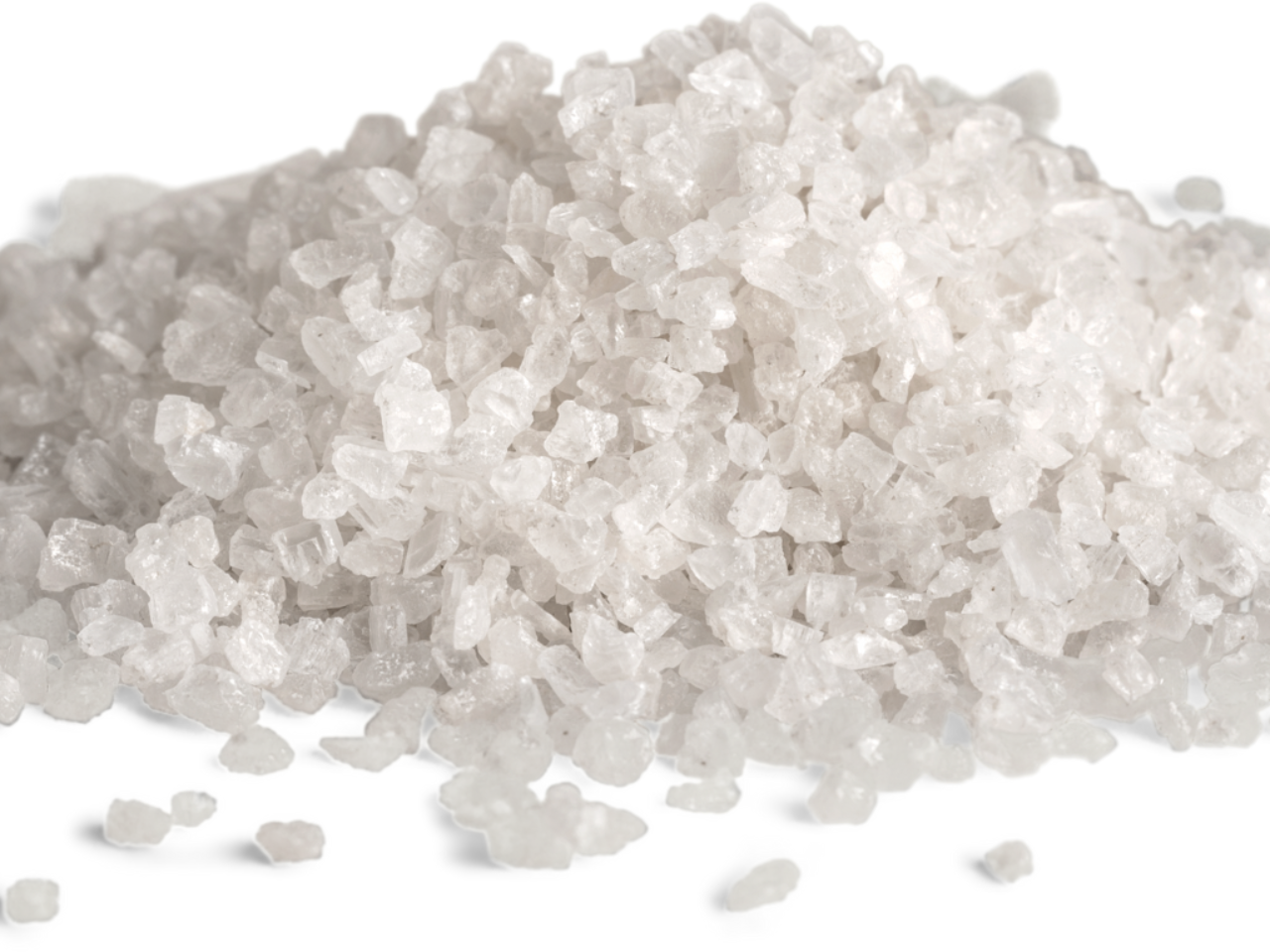Highway road painting is one of the most crucial yet often overlooked aspects of road infrastructure. The bright white and yellow lines that stretch across highways do more than add visual order, they guide, protect, and regulate millions of drivers daily. Without them, highways would descend into chaos, increasing the likelihood of accidents and confusion. For companies like Total System Solution, which provide road safety products and marking solutions, understanding the importance of highway road painting is fundamental to maintaining safe and efficient transport systems.


Highway road painting is one of the most crucial yet often overlooked aspects of road infrastructure. The bright white and yellow lines that stretch across highways do more than add visual order, they guide, protect, and regulate millions of drivers daily. Without them, highways would descend into chaos, increasing the likelihood of accidents and confusion. For companies like Total System Solution, which provide road safety products and marking solutions, understanding the importance of highway road painting is fundamental to maintaining safe and efficient transport systems.
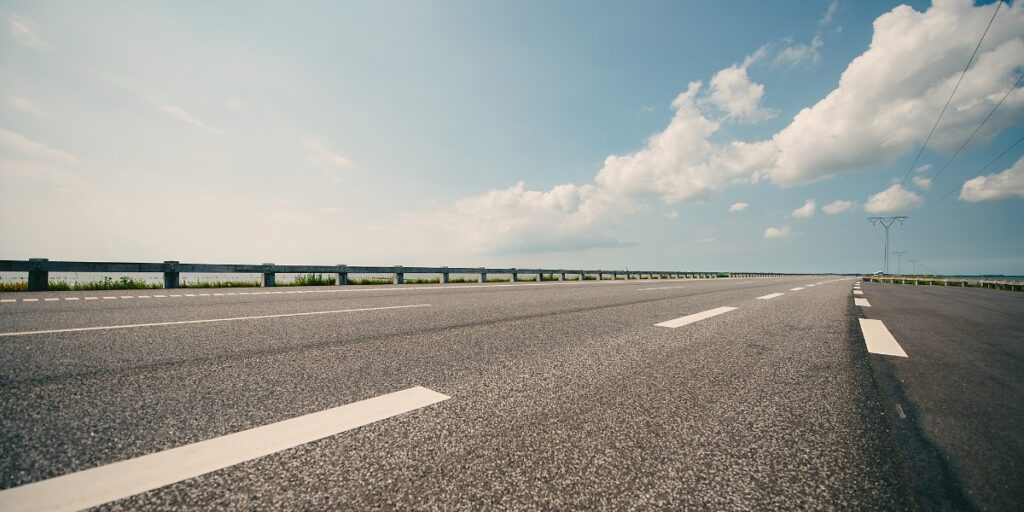
Ensuring Safety and Reducing Accidents
The foremost purpose of road markings is safety. On highways where vehicles travel at high speeds, a split-second decision can make the difference between life and death. Clearly visible lane markings ensure that drivers stay within their designated lanes and understand upcoming turns, merges, or intersections.
Centerlines prevent head-on collisions by separating opposing lanes of traffic, while edge lines prevent vehicles from drifting off the road. Arrows, pedestrian crossings, and speed indications help drivers anticipate what lies ahead. In low-visibility conditions such as rain, fog, or nighttime driving, reflective road paint enhances visibility and helps drivers navigate safely.
Studies show that well-maintained road markings can reduce lane-departure crashes by up to 30%. For high-speed highways, this translates into thousands of lives saved each year. Highway road painting isn’t just about organization: it’s about preserving life.
Improving Traffic Flow and Reducing Congestion
Highway road painting also plays a critical role in managing traffic flow. When lanes, merges, exits, and shoulders are clearly marked, drivers make smoother transitions and fewer abrupt movements. This leads to reduced traffic jams, fewer bottlenecks, and improved driving discipline.
In multi-lane highways, painted arrows and lines guide merging and overtaking behavior. Properly marked lanes also help autonomous and semi-autonomous vehicles detect paths correctly using their sensors and cameras. For busy metropolitan areas, consistent and visible markings keep traffic moving efficiently even during peak hours.
Regulatory Compliance and Standardization
Highway road painting isn’t just a safety recommendation — it’s a regulatory requirement. Transportation authorities and highway departments across the world set strict standards for road markings. These standards define paint color, width, spacing, reflectivity, and durability.
Compliance with these standards ensures that markings remain visible and consistent across regions, helping both local and out-of-state drivers understand the rules instantly. Failing to maintain these markings can lead to legal liabilities for municipal authorities or contractors, especially in cases where unclear lines contribute to accidents.
At Total System Solution, compliance with national and international marking standards is a top priority. Our paints and materials are engineered to meet DOT, ASTM, and ISO specifications for brightness, adhesion, and longevity — ensuring safety and consistency for every project.
Durability and Long-Term Cost Efficiency
The longevity of road markings depends largely on the quality of materials used and the skill of application. Highways experience extreme wear due to continuous vehicle load, harsh weather conditions, and UV exposure. Using low-quality paint might save initial costs, but it fades quickly, leading to frequent repainting, higher maintenance expenses, and traffic disruptions.
Durable materials like thermoplastic paints, cold-applied MMA (methyl methacrylate) coatings, and high-reflectivity glass beads provide long-term visibility and wear resistance. These materials may require a higher upfront investment but deliver greater value by lasting longer and reducing the need for frequent maintenance.
Total System Solution specializes in providing advanced, durable road-marking products designed to perform under heavy traffic and extreme environmental conditions — helping clients save both time and resources over the lifecycle of the roadway.
Reflectivity and Visibility in All Conditions
Visibility is one of the most critical elements of road marking performance. In poor weather or at night, non-reflective markings can become nearly invisible, increasing accident risks. This is why most modern highway road paints incorporate retroreflective glass beads — tiny spheres that reflect light from vehicle headlights back toward the driver, making markings visible even in the dark.
Reflective coatings enhance driver awareness, enabling faster reaction times and safer navigation. Total System Solution provides road-marking materials that integrate these reflective elements, ensuring clarity and brightness under all conditions.
Environmental Sustainability in Modern Road Painting
As environmental consciousness grows, highway maintenance teams are turning toward sustainable solutions. Traditional solvent-based paints release volatile organic compounds (VOCs) that contribute to air pollution. To address this, many suppliers now produce water-based and low-VOC paints that minimize environmental impact without sacrificing performance.
Sustainability also extends to durability — the longer a marking lasts, the fewer resources are needed for repainting, reducing both carbon footprint and operational disruption. Total System Solution supports this eco-friendly approach by offering long-lasting, environmentally responsible marking products that align with modern sustainability goals.
Supporting Smart and Connected Infrastructure
With the rise of intelligent transportation systems (ITS) and autonomous vehicles, highway markings are evolving from simple lines to components of connected infrastructure. Advanced sensors in modern cars detect road markings to maintain lane position, assist in navigation, and enable automated driving.
If markings are faded or inconsistent, these systems fail to function properly, posing safety risks. High-quality, standardized, and well-maintained road lines are therefore essential to the future of transportation. By supplying durable, high-contrast, and machine-readable paints, Total System Solution helps pave the way for safer and smarter highways.
Economic Benefits of Effective Road Painting
Beyond safety and efficiency, highway road painting delivers measurable economic advantages. Accidents, congestion, and frequent maintenance all cost money — not only to governments but also to businesses and commuters. Well-marked highways reduce travel delays, vehicle wear and tear, and accident-related expenses.
Durable paint systems require fewer reapplications, lowering long-term maintenance costs. Moreover, safer and more efficient roads attract economic development, logistics operations, and tourism — all contributing to local and national growth. Highway markings, though seemingly simple, are a vital investment in economic stability and progress.
Challenges in Highway Road Painting
Despite its importance, highway road painting presents several challenges. Paint durability can be affected by heavy rainfall, extreme heat, snow, and tire abrasion. Nighttime application requires specialized reflective materials and safety protocols. Ensuring consistency across large highway networks demands advanced equipment and expert teams.
Total System Solution understands these challenges and offers solutions tailored to each environment. From thermoplastic paints for high-durability needs to quick-drying options for high-traffic zones, our products are formulated to perform reliably across diverse climates and road conditions.
Maintenance and Repainting: Keeping Highways Safe
Even the best paint degrades over time. Regular inspection and maintenance are vital for ensuring road markings remain visible and compliant. Traffic wear, snowplows, and oil spills can all cause fading or chipping. Repainting programs should be scheduled based on traffic density, environmental exposure, and road surface type.
A proactive maintenance plan not only enhances safety but also extends the lifespan of the roadway. Total System Solution provides expert consultation and materials for repainting projects, ensuring consistent color, reflectivity, and texture across all applications.
The Role of Total System Solution in Road Safety
At Total System Solution, we are committed to improving road safety through innovation, quality, and reliability. Our comprehensive range of highway marking materials is designed to deliver maximum visibility, durability, and environmental performance.
We partner with road authorities, contractors, and developers to ensure every project meets or exceeds industry standards. From material selection to application guidance, our expertise helps create safer, more efficient roadways for everyone.
Conclusion
Highway road painting is far more than a cosmetic necessity—it’s a cornerstone of road safety, efficiency, and sustainability. Clear, reflective, and durable markings guide drivers, reduce accidents, enhance traffic flow, and support the growing need for smart transportation systems.
As cities expand and traffic volumes increase, the importance of maintaining visible and reliable highway markings becomes even greater. Through innovation, high-quality materials, and industry expertise, Total System Solution continues to play a vital role in shaping safer, smarter, and more sustainable road networks for the future.


